
I hope you enjoy this blog post.
If you want us to appraise your luxury watch, painting, classic car or jewellery for a loan, click here.
Aston Martin: the story behind an icon + Top 13 Most Popular Aston Martins (as of 2024)
Founded in 1913, Aston Martin’s early years were hamstrung by the First World War, when all machinery had to be used for the war effort. Aston Martin’s machines were sold to the government to build war planes. Throughout the inter-war years, they started to produce cars, but were plagued by financial difficulties which hampered their progress.
In 1947, David Brown took over the company and transformed it into the luxury car powerhouse that it is today. Brown was so influential that the company’s flagship DB series – including James Bond’s classic DB5 – uses Brown’s initials to this day. All of the cars up for sale at Bonhams next month are from the Brown period and onwards.
The history of Aston Martin begins in 1913 when Lionel Martin and Robert Bamford sought to create their very own range of vehicles due to the fact that Martin was a keen racer at Aston Hills. Their first vehicle contained a four-cylinder Coventry-Simplex Engine with the chassis of a 1908 Isotta-Fraschini, and after great deliberation when choosing what to call the car, they conjured up the name ‘Aston Martin’ — a combination of Aston Hills and the surname of co-founder Lionel Martin.
The early days: 1910s-1920s
The company was set to start mass production of their first car but they were thwarted by the outbreak of the First World War, which meant that they had to then wait until the post-war period to try again to establish the company. However, Bamford left the company in 1920, leaving Lionel Martin to find funding from other sources.
By 1922 the company was beginning to prosper and even took part in the French Grand Prix, but this was to be short-lived and they suffered bankruptcy in 1924.
Later that year the company found new buyers and its official name was made ‘Aston Martin Motors’, but it was to fail a year later; in 1926, the factory was closed and founder Lionel Martin was forced to leave the business.
Despite Aston Martin’s poor fortune in its short life, new owners Bill Renwick and Augustus Bertelli refused to give up and kept working to build up the reputation of the car company.
A bumpy few decades: 1930-1960
Aston Martin continued to struggle throughout the 1930s, however, and soon ran into financial difficulties. L. Pideaux Brune took over the company when the previous owners could no longer carry the company forward, and then subsequently passed it on to Arthur Sutherland who initiated the period where they began to mass produce Aston Martin cars for the road.
But Aston Martin was to be thwarted again by war; the Second World War halted all production of Aston Martin cars which would factor into their financial struggles that were to follow.
David Brown took over in 1947 and introduced a series of cars in order to attempt to put Aston Martin back in the black. In 1950, the Aston Martin announced its DB series and by 1958 had released a range of cars that included the famous DB Mark II and DB2/4 cars as well as subsequent models.
The generation of success: 1960-1980
The 1950s had helped Aston Martin to build a solid reputation in the UK and the car company were perfectly poised to make a comeback. It was in 1963 that they introduced the DB5 luxury grand tourer, an evolution of their successful DB4 series, the type of car that would help Aston Martin cement their role in the car industry throughout the 1960s, later releasing their DBS and DB6 series vehicles.
The DB5 helped to bring mainstream international fame to Aston Martin, as it grew to be the most recognisable James Bond car, appearing in the acclaimed 1964 film Goldfinger.
The upturn in fortune for Aston Martin was not without a speed bump, however, and in 1972 it was sold to Company Developments. Following the running up of a debt close to £1 million, the company was sold once again to another company which threw into question the stability and profitability of the car manufacturer.
But this time they managed a successful turnaround and implemented a large recruitment drive to find talented employees who would help turn the company’s fortunes around. The new owners helped change the direction of Aston Martin, modernising its line of cars away from the grand tourer series towards cars in the style of the ilk of the V8 Vantage (1977) and convertible Volante (1978).
Aston Martin in the modern era: 1980-2000s
Aston Martin expanded their remit by purchasing the popular British car manufacturer MG, with plans to craft an innovative new series of cars. But this never went ahead as the company was hit hard by the economic turmoil of the 1980s.
Towards the end of the 1980s, Pace Petroleum and Victor Gauntlett acquired the company while Ford purchased three-quarters of the business. The Aston Martin Virage entered production in the 1990s before Ford took complete control of the company, gaining 100% of the shares.
This ushered in the most successful era for Aston Martin; under Ford, they produced famous models such as the DB7 Volante, the high-performance V8 Vantage, V12 Vantage, DB7 Vantage, the DB9, and many more.
Aston Martin Today
There are six different organisations that hold an interest in the company, with the days of financial turmoil long behind the company and revenue reaching almost £0.5 billion. With more than 1,000 employees worldwide and two subsidiaries, the symbolic British car company appears to have come through a rocky history to place itself in a strong position for the foreseeable future
A car for the collectors
The standout lot in the sale is a 1968 Aston Martin DB6 Volante, the convertible version of the DB6. As the successor to the DB5, the car made famous by James Bond in Goldfinger (1964), the DB6 was a highly desirable car. On top of this, it had a limited run, with less than 2,000 ever made.
However, the convertible Volante is even rarer, as only 140 were made. Its rarity has made it a firm favourite among collectors, and that’s reflected in the estimated sale price; between £700,000 and £900,000.
If the DB6 Volante is out of your price range, there are three other DB6s up for grabs, though without the rare drop-top. They’re priced more moderately, between £270,000 and £340,000.
If it’s good enough for Bond…
Another lot that will turn heads is a 1964 Aston Martin DB5, released in the same year as the James Bond film that made it famous. Its dark blue paint job sets it apart from 007’s famous vehicle, but that’s unlikely to put any would-be buyers off. To many, this is the quintessential Aston Martin, so expect this to be a hotly contested lot when it comes up at auction. Bonhams have put the estimate at £500,000 to £600,000, but don’t be surprised if this one goes for even higher.
An Aston Martin for racing fans
While most of the cars were produced for the road, there’s one lot that was built for the track. The 1960 Aston Martin DB4 4.5-Litre Lightweight Competition Saloon was built at a time when Italian manufacturers – especially Ferrari – dominated the world of motorsport. It was built to challenge the Italian monopoly on motor racing, which it did in emphatic fashion, winning numerous races throughout the 1960s.
This isn’t a car to drive around on the streets, but if you’re looking to own your own piece of racing history, this is the lot for you. It has been valued at between £220,000 and £260,000.
In 2015 Aston Martin Revealed the Latest in Bond
Inspired Vehicle – The DB10…
The announcement of the newest instalment in the James Bond series – SPECTRE – also contained another exciting revelation; a brand new car from long-time Bond collaborators Aston Martin. The Aston Martin DB10, a bespoke design built solely for the purposes of shooting the new film, will not be available to the public, with only 10 made for filming purposes.
It features a sleeker, more streamlined body than its predecessor while retaining the traditional Aston Martin ‘look.’ Not bad for a company car, as our team of London classic car Pawnbrokers always say. Industry commentators are predicting that the car is a prototype for the ‘road’ version of the DB10 which could be announced later this year – after the film’s release.
Exclusivity
The exclusive nature of this vehicle just goes to show how close and mutually beneficial the relationship between Aston Martin and Bond is. What other film franchise can boast a never-before-seen model of a car from a globally recognised luxury brand? Of course, the announcement can also be seen as a nod to the films themselves; Bond’s cars often appear normal on the surface, but thanks to modifications made by MI6, they’re one of a kind.
The quintessential Bond vehicle
The association between the two brands goes back to 1959, when Ian Fleming’s Bond drove an Aston Martin DB3 in his novel Goldfinger. The crucial moment, though, was 1964, when Sean Connery’s Bond drove an Aston Martin DB5 in the book’s film adaptation.
The DB5 is, to this day, the most iconic James Bond car having been used in no less than 6 films, including a brief cameo at the end of 2012’s Skyfall as a nod to the fans. Don’t rule out the possibility of Bond’s most famous vehicle making an appearance in SPECTRE.
Aston Martin have been snubbed in favour of other car manufacturers throughout the years, typically to generate money (the use of the BMW Z3 in GoldenEye was said to be very lucrative), but still the Aston Martin’s reputation as the quintessential Bond vehicle never seems to shift.
A mutually beneficial relationship
And it’s this relationship that makes the announcement of the DB10 prototype as an exclusive vehicle for the upcoming film make sense; it’s mutually beneficial for both the film’s producers and the car manufacturers. The two reinforce and enhance the other’s image.
Aston Martin get to have their cars associated with a suave secret agent, whose films also happen to be the third highest grossing movie franchise of all time, and Bond’s producers get to use cars by perhaps the most prestigious British car brand out there, as well as a little extra cash for production.
Let’s not forget, it’s also really exciting for the general public too. Not only are the custom DB10s an exciting bit of memorabilia for fans to aspire to getting their hands on (never say never…) but a tantalising glimpse at the way Aston Martin’s designs are going. Aston Martin’s cars tend to have a habit of becoming timeless, and right now it looks like the DB10 may just do exactly that.
…Bond’s Aston Martin sells for £2.4m at Christie’s charity auction
Snapped up at the auction price of £2.4 million, the Aston Martin DB10 designed especially for the James Bond movie ‘Spectre’ is an exclusive find. Despite the inability to drive this model on public roads, it sold for a hefty £2,434,500 during a charity auction. Luxury cars are a popular purchase, particularly when such cars exist as bespoke memorabilia.
Hosted by Christie’s, the auction presented 24 pieces of memorabilia that had been directly featured in the ‘Spectre’ film, with donations from Daniel Craig, Sam Mendes, Michael G. Wilson, Barbara Brocolli, Jesper Christensen and Sam Smith.
With only 10 in existence, it’s no wonder this car is a hot item for collectors. Aston Martin cars have featured throughout the James Bond film era, showcasing everything from revolving number plates to hidden machine guns!
The DB10 stands apart from the rest, however, with an exclusive carbon-fibre body, carbon-ceramic breaks, and an incredible 4.7-litre V8 engine. The interior flaunts leather and Alcantra-trimmed features, with buttons offering sport mode, various suspension levels, and the added appeal of a fingerprint reader.
The James Bond franchise evokes a classic, admirable appeal – leaving a lasting impression with each new release. From classic cars such as the Aston Martin and Rolls Royce, to the modern Mercedes-Benz or Lamborghini, the value and demand continues to rise with the release of influential films.
Top most popular Aston Martin models in the world
1. Aston Martin DBX
If you are an Aston Martin DBX owner, you’re lucky enough to own one of the most iconic SUVs in the whole world. The motto for this car is “Beautiful is Relentless”, a true ode to its curved stylings which echo the classic Aston Martin range yet also bring it right up to date for the 21st Century.
2. Aston Martin Vantage
The V8 Vantage was named in 2017 as Aston Martin’s most successful individual model in the car manufacturer’s history, outselling any other model by some margin. The Vantage has had a new lease of life, relaunched in partnership with Mercedes-AMG to give it a new turbocharged V8. The new Vantage is around a fifth more expensive than previous models.
3. Aston Martin DB11
The DB11 is one of the newer offerings from this legendary car company, and has only been in production since 2016. Classed as a “Grand Tourer”, it’s seen as one of the less sporty Aston Martins, although still has all the sleek curves and lines that Aston Martin fans have come to know and love. You may have an Aston Martin DB11 V12, V8, an AMR, or even the Volante. This latter one uses the Italian word for “flying” to give it an added dash of drama, and this version is also convertible.
4. Aston Martin DBS Superleggera
The Aston Martin DBS Superleggera is a type of “super” grand tourer. This is possibly one of the most prestigious types of cars on the road, thanks to its combination of spacious interiors and high performance. The Superleggera also adds in the timeless beauty of the Aston Martin aesthetic for a car that really does seem out of this world.
The Superleggera was only launched in 2018, so for many people, it’s still a rare and welcome sight on British roads.
5. Aston Martin Rapide AMR
There are several differences between the standard (if an Aston Martin could ever truly be considered merely standard) Rapide and the AMR variant. The Aston Martin Rapide AMR was launched in 2018 and was designed to have all the same beauty and styling but with a much higher level of performance. This includes tuning the engine up for extra power and recalibrating the transmission.
The AMR comes with Michelin Pilot tyres, the Supersport variety, as standard, and the 21 inch alloy wheels were the biggest wheel that had even been fitted to an Aston Martin at this time.
Many Aston Martin Rapide AMR have been sold with personalised plaques in, or with certain types of steering wheel that don’t come as standard. This is a powerful sports car, a style statement, and a vehicle to be really proud of.
6. Aston Martin Valkyrie
Sometimes, you get a car which is simply head and shoulders above the rest. Owning an Aston Martin Valkyrie is owning a real piece of automotive history- modern history, at that. This hypercar was designed in collaboration with Adrian Newey, who is an absolute legend when it comes to speed, downforce, and the overall performance of cars from Red Bull Formula One racing to cars like this incredible Aston Martin – the one that Aston Martin says has the “Power of the Gods”.
7. Aston Martin DB5
No conversation about classic Aston Martin cars is complete without mentioning the iconic DB5. This classic Aston Martin was released in 1963, and went on to become one of the most famous cars in the world thanks to an incredible association with the sensational cinematic franchise of James Bond.
The DB5 built on the previous model, the DB4, by introducing a completely aluminium engine, a new type of transmission, and a variety of other differences, many of which were to become standard fare on future offerings from Aston Martin.
The curvaceous and classy design was the work of coachbuilding company, Carrozzeria Touring Superleggera, a Milanese company with unique and respected construction methods. The version which appeared in the James Bond film, Goldfinger, was substantially modified in order to allow it to actually perform several of the gadget gimmicks cinema goers got to see on film.
One of the original DB5s from the film went up for sale in 2006 at auction, so it is possible to obtain these unique vehicles although many do end up in museums. From Goldfinger to No Time to Die which will feature 25 replica DB5 cars, owning any Aston Martin DB5 is owning a piece of automotive and cinematic history and style.
8. Aston Martin Lagonda
An Aston Martin saloon car which was in production for 17 years, the Aston Martin Lagonda is still a very limited edition vehicle thanks to only 645 ever being produced. The Lagonda part of the name is the marque of the luxury British car brand owned by Aston Martin since way back in 1947.
It would take until 1974 for Aston Martin to apply the whole Aston Martin Lagonda name to a vehicle, the series one which was based on an elongated version of the Aston Martin V8. The 1976 series two Lagonda totally transformed the shape of the car, making it angular and wedge-shaped – somewhat ahead of its time as this look became very popular in the 80s.
If you own one of these luxury saloons, you own an intriguing piece of the Aston Martin story- one that shows how flexible and adaptable this company really is.
9. Aston Martin DB2
For anyone who is into truly classic cars, the Aston Martin DB2 is a real part of 1950s British culture. Before the launch of the DB2, the Lagonda company had developed three cars for the 1949 24 Hours of Le Mans endurance race. One of these cars went on to be a sort of prototype for the famous DB2, which was finally launched for public consumption in 1950- a bold new start to the decade for Aston Martin.
The DB2 continued to be produced until 1953, and the difference in model may include the chrome-plated grille which could be in three pieces on one – the three-piece grille is the original and older design. The split-screen windscreen and single-piece hinged bonnet are just a couple of the unique, historical points about this car.
The fact that it has racing heritage is just the icing on the automotive cake.
10. Aston Martin DB6
Although there’s no denying the legendary status of the DB5, the Aston Martin DB6 was just as popular with car owners (and still is) for a variety of reasons. Proposals had been made by the original designers to replace the DB5 with a new design, however Aston Martin had begun testing their own design. This was launched in 1965, with improvements all over the car but particularly in terms of the aerodynamic performance.
11. Aston Martin DB7
The Aston Martin DB7 is one of those classic cars that can bring any collection right up to date, depending on the model. The original run of DB7s began in 1994, and ran for a decade before giving way to the more modern DB9. Influences in mechanics and design came from all over.
Ian Callum of Ford fame helped design the car, and the engine took inspiration from the Jaguar AJ6. More Aston Martin DB7s have been produced than any other Aston Martin vehicle.
In particular, the special editions like the DB7 Zagato, the DB AR1, or even any of the limited editions like the 1998 Beverly Hills model or the 2003 V12 Vantage Anniversary Edition, are highly popular with car enthusiasts.
12. Aston Martin V8 Vantage
The name Vantage has wandered around the Aston martin timeline of cars for decades, but this run which began in 1977 has the accolade of being Britain’s first-ever “supercar”, and indeed, was considered a bit of a muscle car by some motoring enthusiasts.
It had a top speed of 170 mph (270 km/h) and had the best straight-line performance of any car of the time. Classic car fans should know that this made the Aston Martin V8 Vantage a tenth of a second quicker than the famous Ferrari Daytona. The original run had a pronounced bonnet “bulge” rather than the scoops typical of V8s, which many collectors and implicitly pawnbrokers still find desirable.
In later models, this was ironed out somewhat, lending a sleeker look to the car. Other differences in model include the dashboard, which may be either black leather or walnut- the latter being a look which had a revival in the eighties. Avid collectors may even be in possession of the Vantage Volante, the convertible variant of the same car.
13. Aston Martin V8 Zagato
Zagato is a coachbuilding company that contributed a great deal of expertise towards the design of some of Aston martin’s iconic vehicles. The name Zagato is attached to several Aston Martin classic cars, including a special edition of the aforementioned DB7.
This V8 Zagato was a completely different beast though. This is a car that has the spirit of the 1980s running right through it. The angular design and wide headlights were very fashionable at the time, and unlike some other 80s cars, seem to have stood the test of time.
The overall design was a combination of influences, including the 1960s DB4 GT Zagato and the innards of the Aston Martin V8. Rowan Atkinson was just one famous owner of this 80s classic Aston Martin, spending a small fortune upgrading it to racing specification.
New Bond Street Pawnbrokers is a high end pawn store in Mayfair, London offer loans against the following classic cars: Aston Martin, Bugatti, Ferrari, Jaguar, Mercedes and Porsche.
This post is also available in:
Français (French)
Deutsch (German)
Italiano (Italian)
Português (Portuguese (Portugal))
Español (Spanish)
Български (Bulgarian)
简体中文 (Chinese (Simplified))
繁體中文 (Chinese (Traditional))
hrvatski (Croatian)
Čeština (Czech)
Dansk (Danish)
Nederlands (Dutch)
हिन्दी (Hindi)
Magyar (Hungarian)
Latviešu (Latvian)
polski (Polish)
Português (Portuguese (Brazil))
Română (Romanian)
Русский (Russian)
Slovenčina (Slovak)
Slovenščina (Slovenian)
Svenska (Swedish)
Türkçe (Turkish)
Українська (Ukrainian)
Albanian
Հայերեն (Armenian)
Eesti (Estonian)
Suomi (Finnish)
Ελληνικά (Greek)
Íslenska (Icelandic)
Indonesia (Indonesian)
日本語 (Japanese)
한국어 (Korean)
Lietuvių (Lithuanian)
Norsk bokmål (Norwegian Bokmål)
српски (Serbian)
Tamil
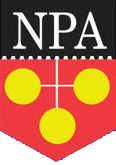

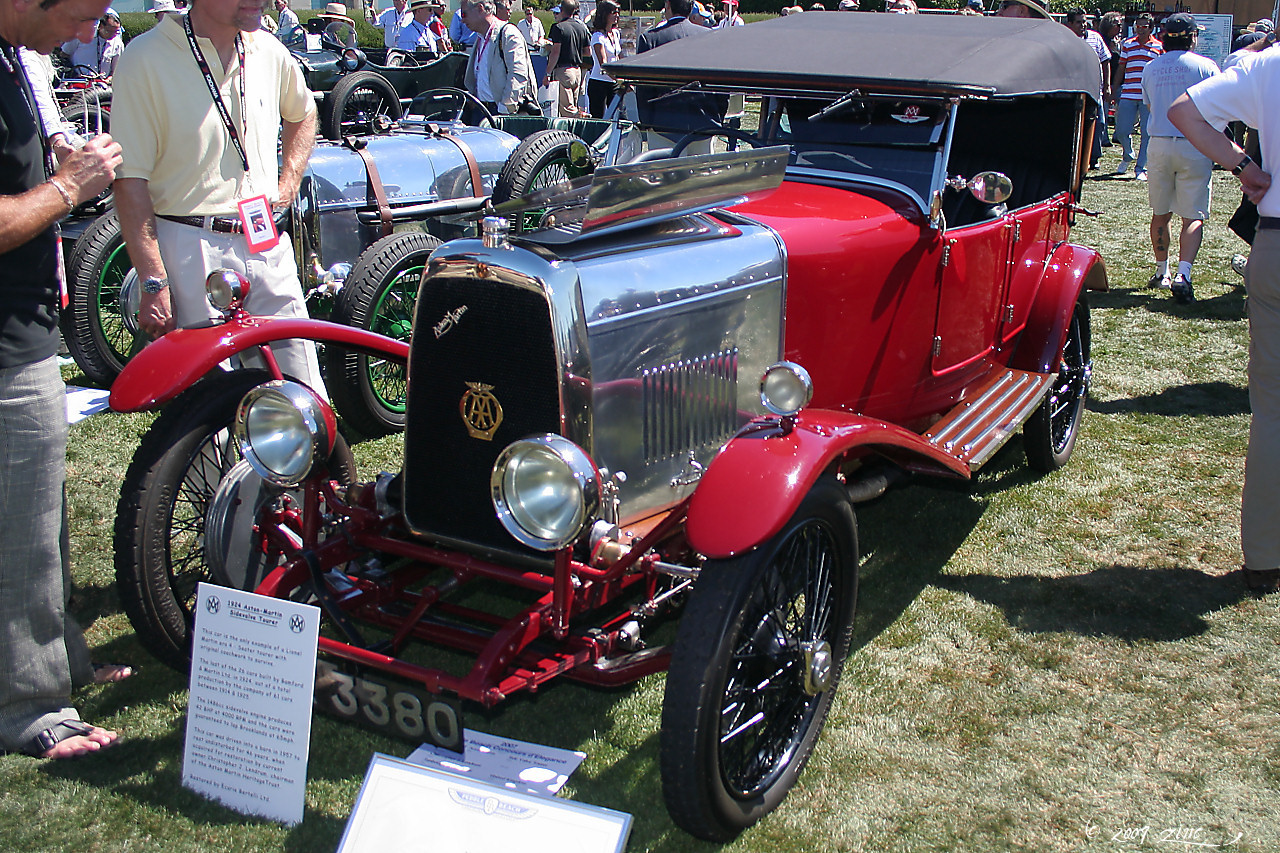
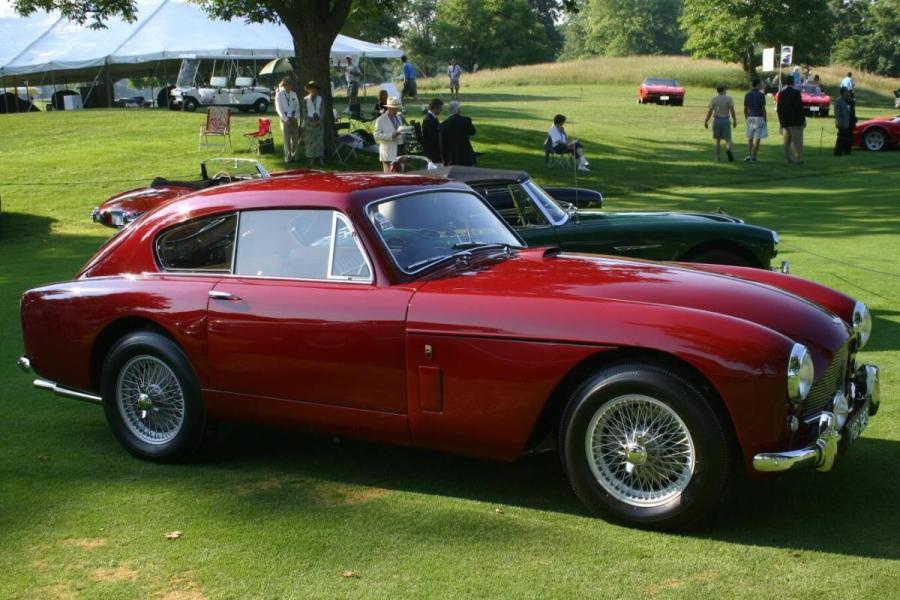
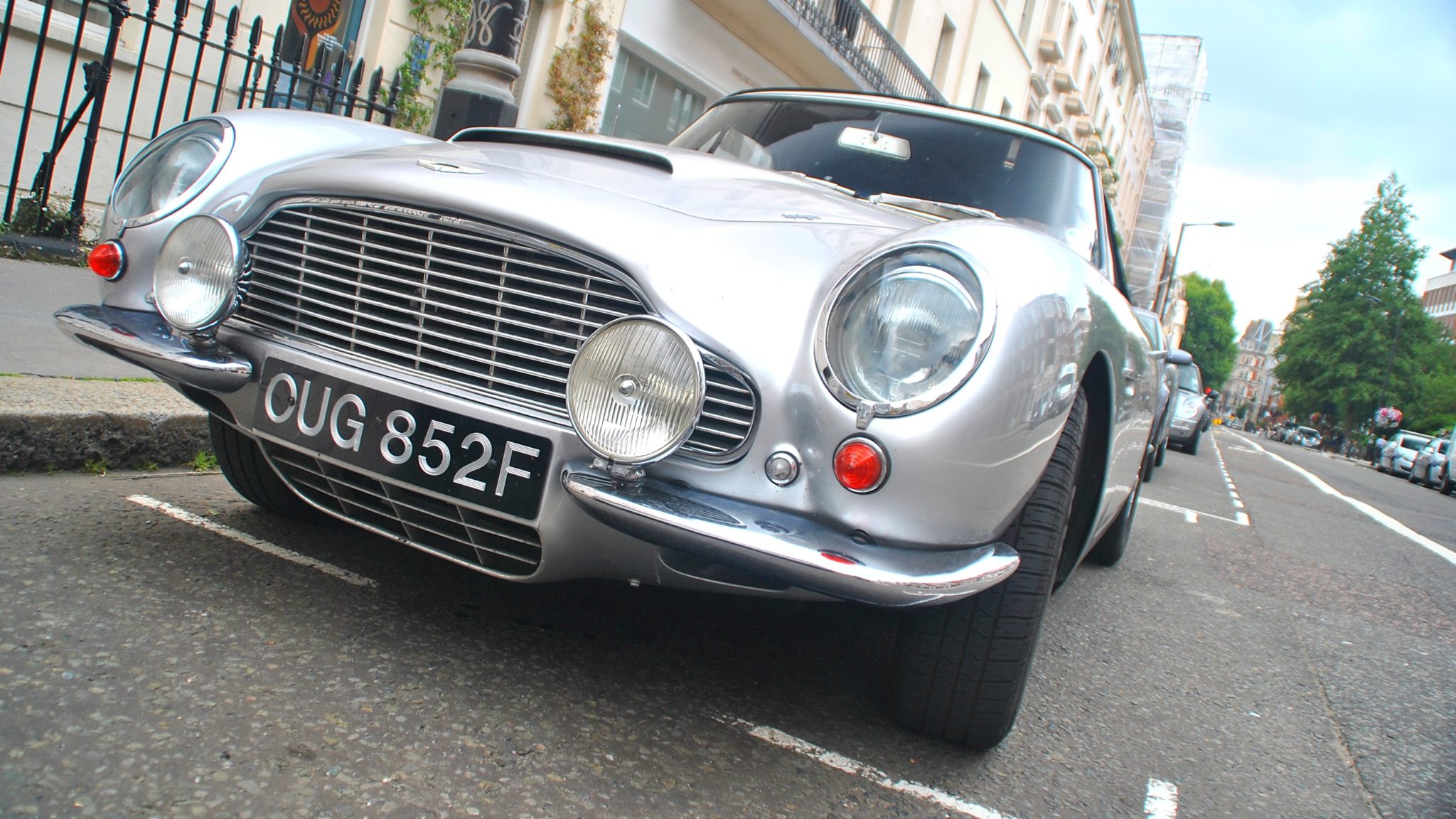
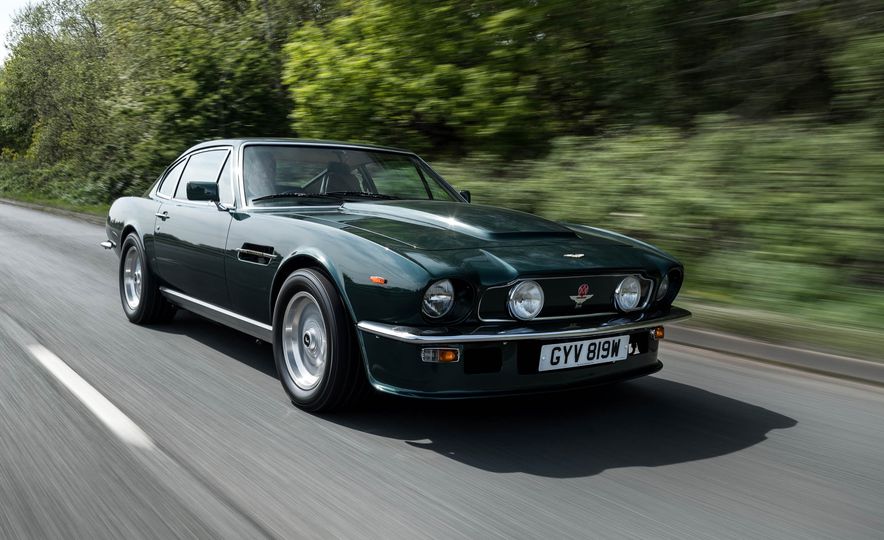
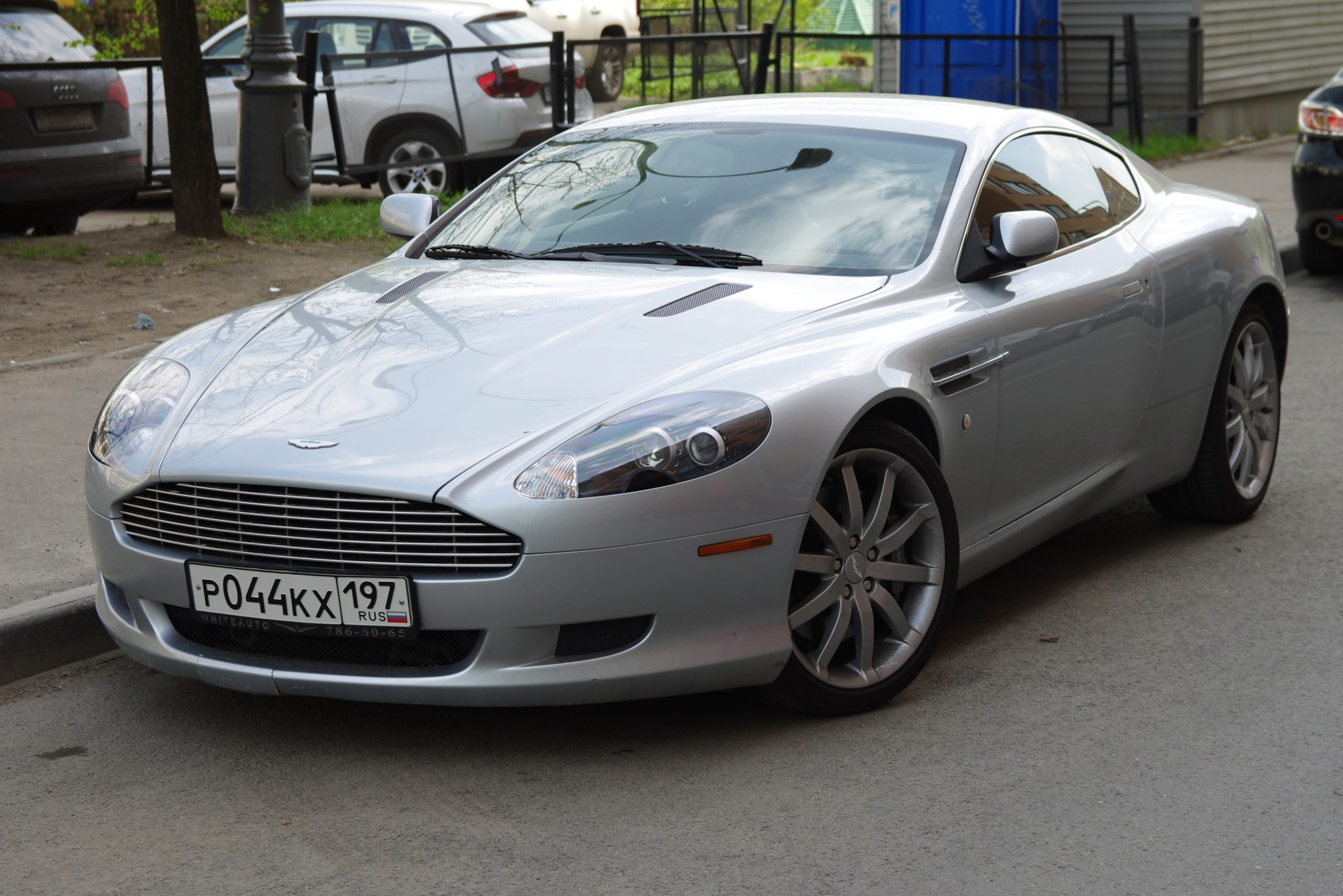
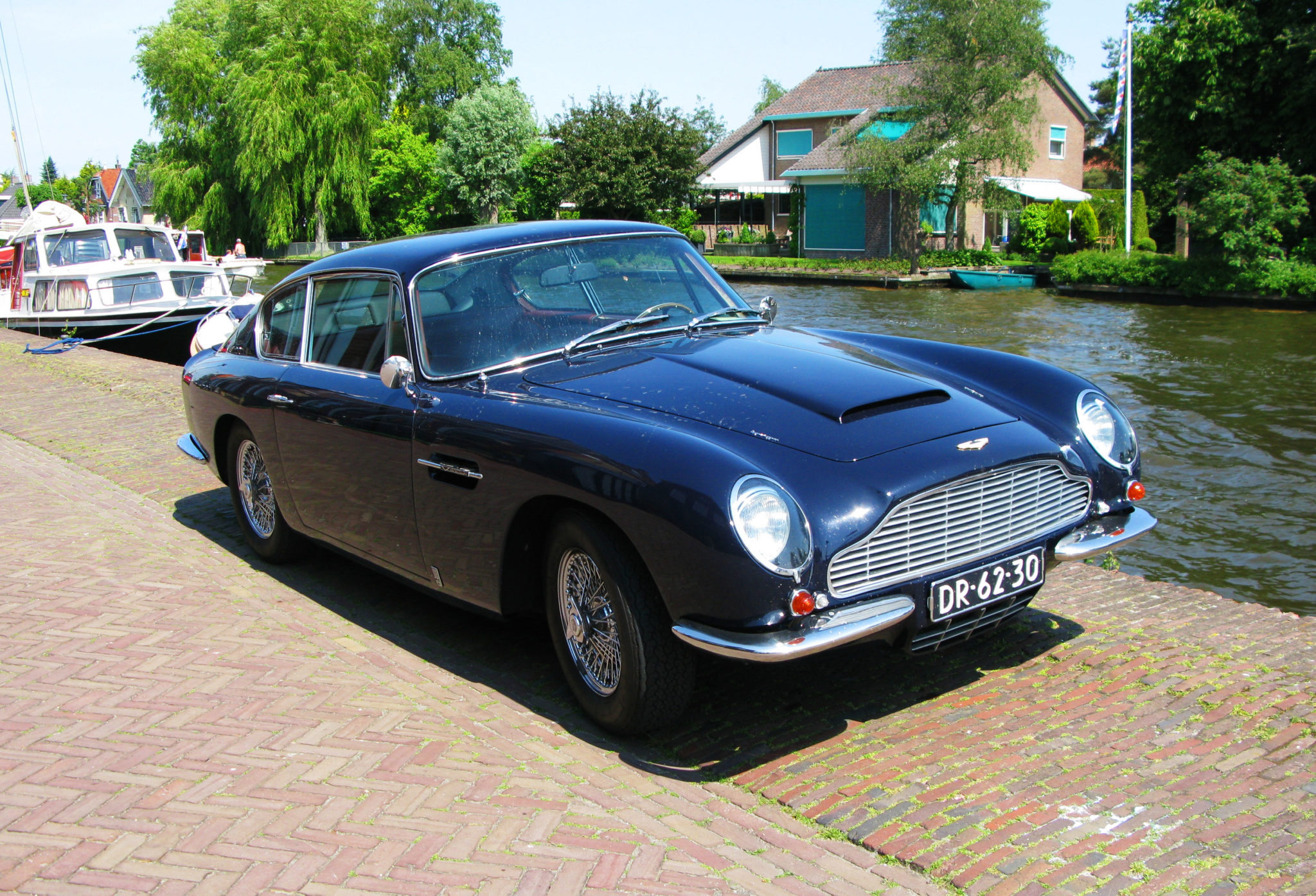
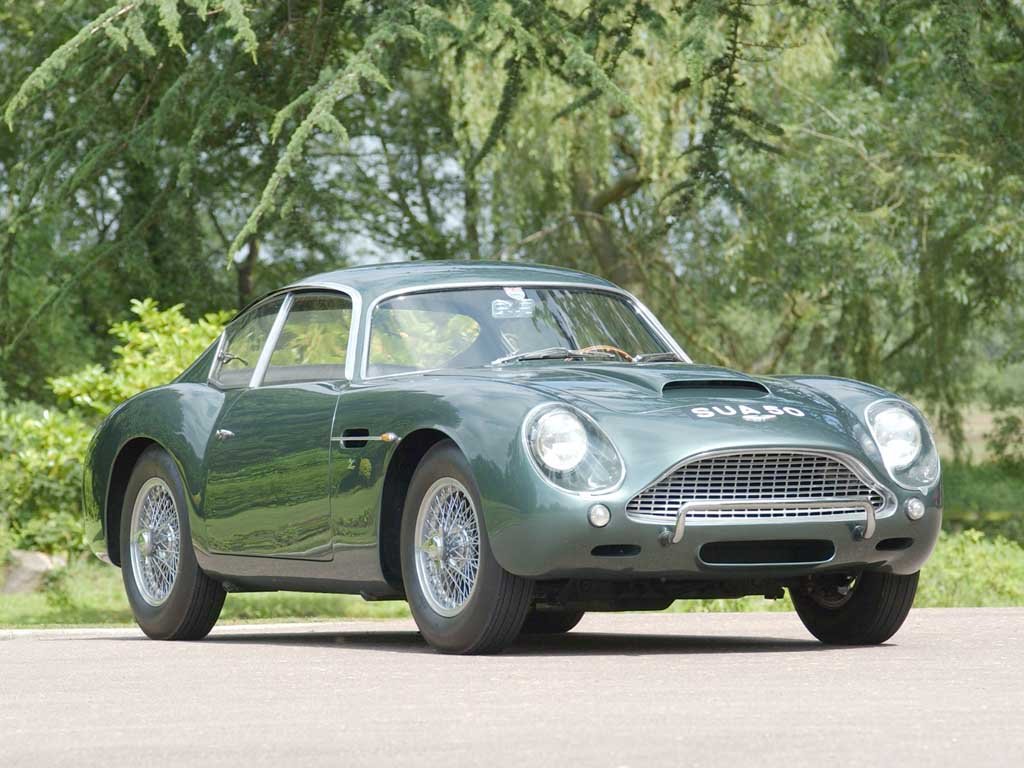
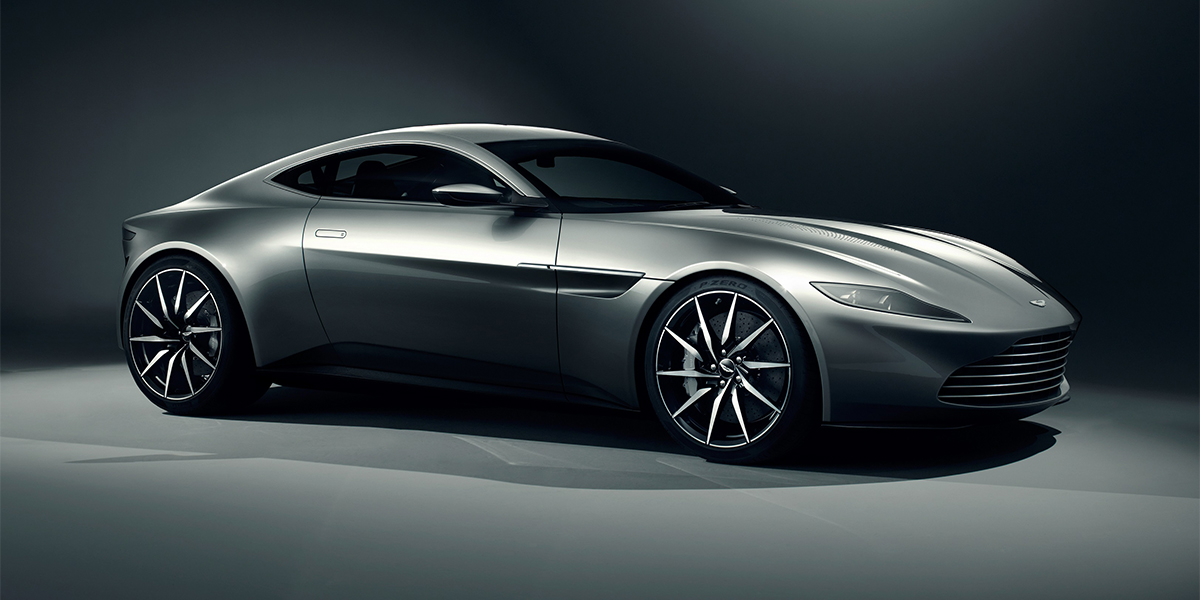
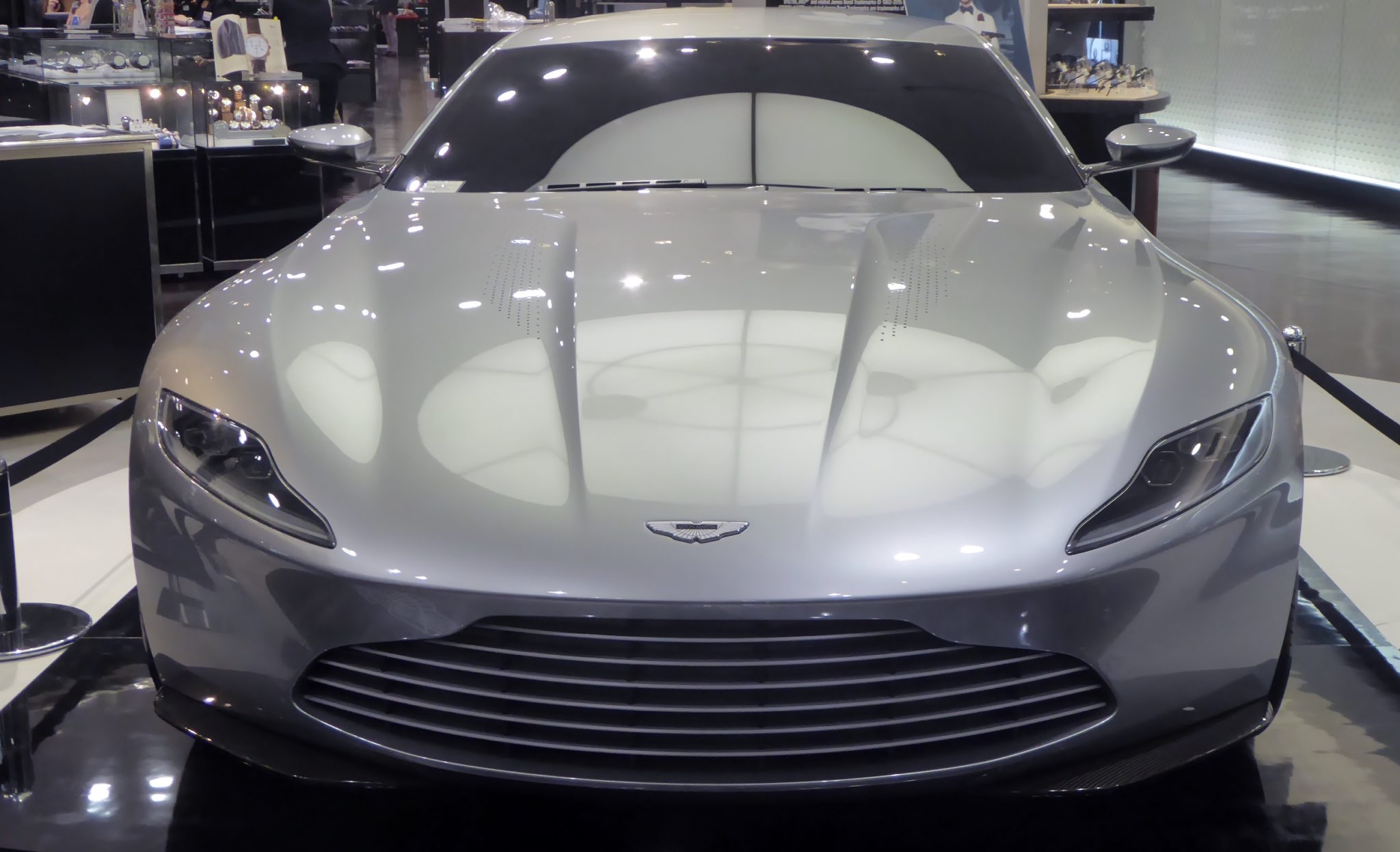

Be the first to add a comment!